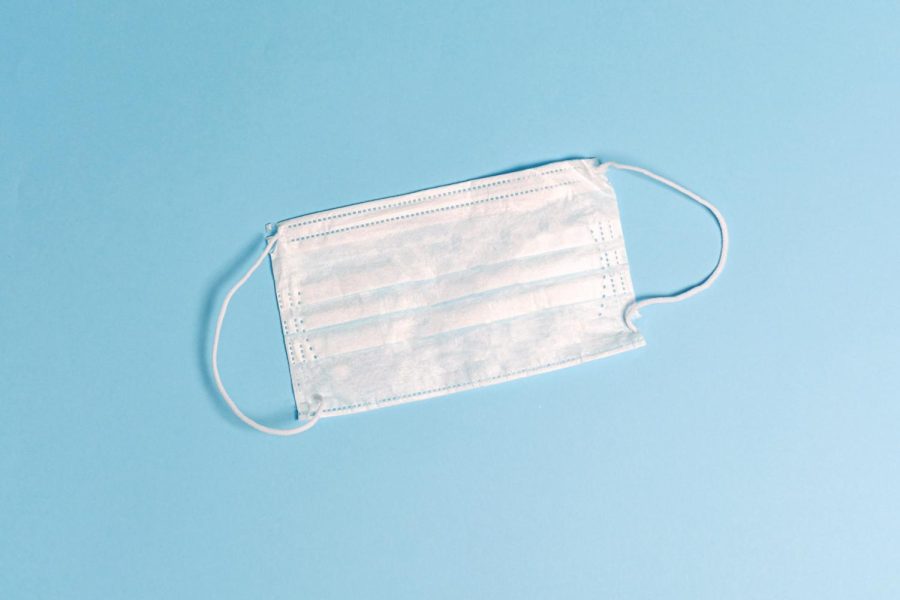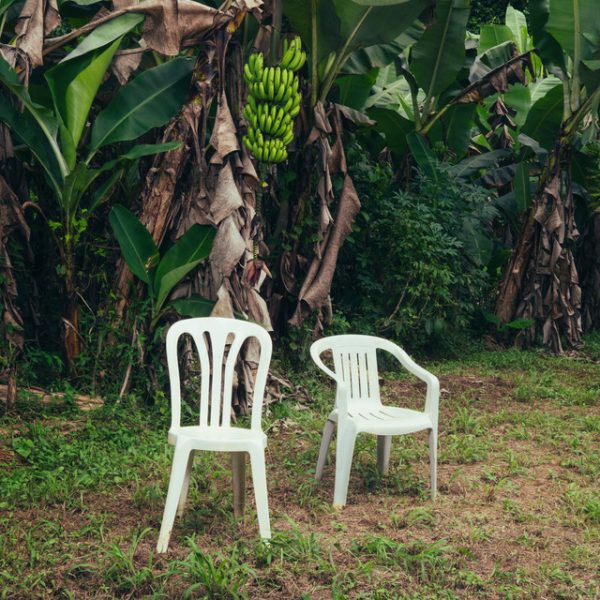What’s up with the masks?
With the new mask-optional protocol put forth by the district this last February, there have been varied responses amongst the student population of Glenbard West. As we’ve seen the pandemic take its tragic toll over in the past 2 years with millions of lives lost, one can help but wonder whether to continue wearing a mask to protect themselves, or to not since it is no longer necessary.
First off, it is important to establish the function of a mask, and why it was even mandatory to wear in the first place. Face masks are critical to limiting the spread of COVID-19 by covering the prime areas of transmission- the nose and mouth. According to HealthDesk, polypropylene, a type of fabric made from thermoplastic fiber which is the main component of an N-95 disposable mask, is specifically designed to prohibit the passing of any air particles through the material. This is also why you cannot blow out a candle while wearing a mask! With virtually no method of COVID-19 particles escaping from your mask, there is a significant decrease in the transmission of the virus. This is precisely why wearing a mask remains the keystone to limiting the catastrophic effect of the pandemic.
Next, let’s evaluate the history of masks, and the continued effectiveness it has shown even in generations prior. When speaking of the middle ages, for example, one can’t help but think of the Black Plague and the disastrous repercussions it had in 14th century Afro-Eurasia -but more importantly- the significance of the “plague masks” worn by doctors. A similarity illustrated throughout global pandemics, even prevalent in our modern one, is the usage of facial coverings.
Plague doctors in the 1300s sported an odd-looking accessory, to say the least. Designed similarly to a bird beak, it was thought that the unique shape of the mask would give the harmful air sufficient time to be diffused, or “killed” by the protective herbs laced within the covering before it reached the person’s nostrils, trachea, and lungs. Although the covering most definitely had flaws and did not entirely protect the one wearing it, it certainly hosts a connection to the ones we wear now.
However, there has been much dispute over the usage and effectiveness of masks during the pandemic in the past two years with the 2020 elections, differing opinions, and forceful political stances. In fact, according to a poll done by Nature.com, an overwhelming number of 43% of Americans said they did not wear a mask in the first few months of the pandemic, mainly due to their political views. Charlie Clifford, a freshman at West, comments that “it seems as if masks are thought to be associated with a certain political figure, and that the opposing side should not have to wear one solely for their disdain for that person. It shouldn’t be that way, masks aren’t political. They save lives.”
On another note, many students and educators still choose to wear a mask. Mrs. Godziszewski, an English teacher at Glenbard West, emphasizes the importance of being cautious during an ongoing pandemic, while reflecting on the lives it has so mercilessly taken: “COVID is still real. For me personally, I’ve seen firsthand how it has destroyed so many lives and families not just within our community, but the country as a whole. I wear a mask because it’s part of being a proactive and considerate citizen, especially in times like this.” In contrast, Freshman student Mia Spadavecchia expresses that she “decides to not equip [herself]” with a mask since she “[is] vaccinated” and therefore “feel[s] comfortable with not wearing one.”
Some are motivated to wear one to protect any potential high risk family members or to avoid another future quarantine, while others feel safe with not wearing one due to their own beliefs. Everyone is different and has distinct comfort-zones, and so it is imperative to respect everyone’s choices, as it is ultimately a personal one.









